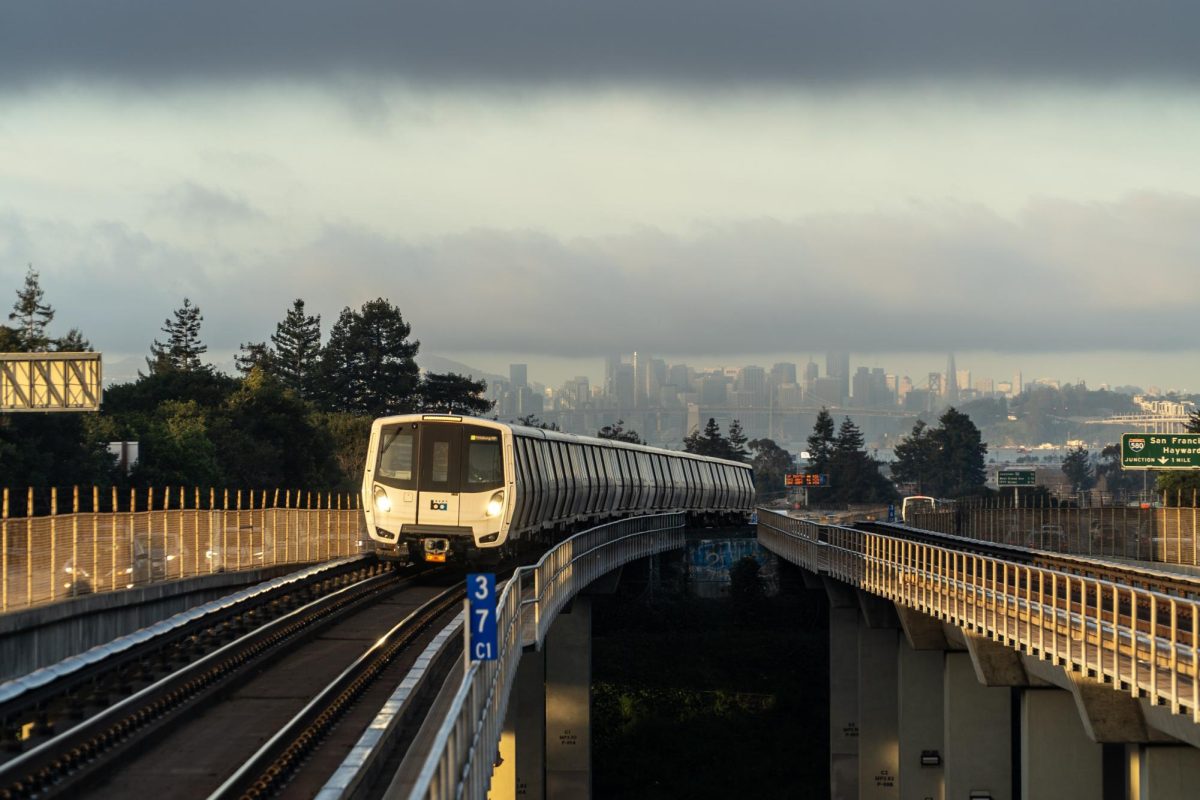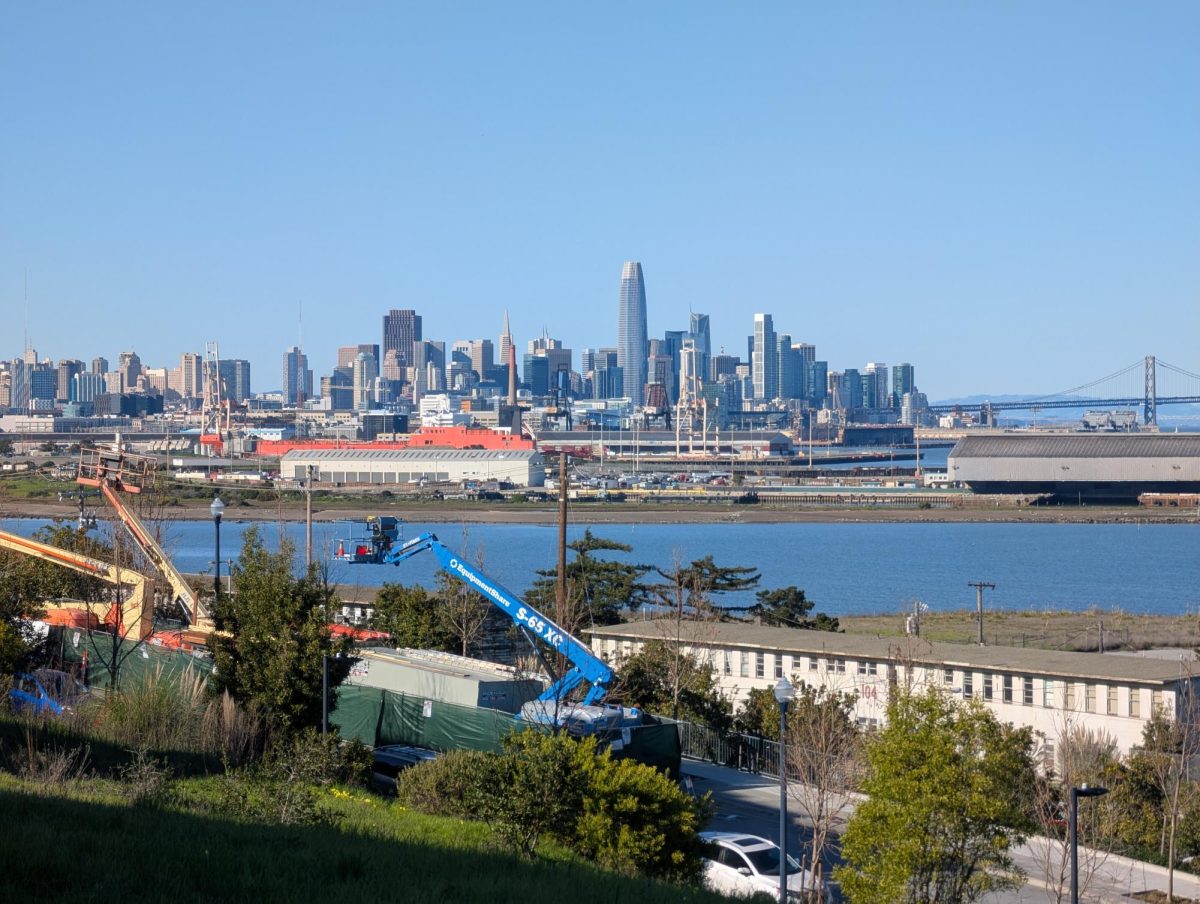It’s a nice summer day, 85 degrees and sunny. You decide to go to the beach, not only to show off your new summer bod, but to cool off for a swim in the Pacific. While swimming, you find yourself amongst plastic bottles that bob like buoys and you become tangled in Safeway labeled white plastic bags.
Over the last 60 years, plastic has become essential to our lives and mankind has subjected the planet to a tsunami of plastic waste. According to the environmental group Ocean Crusaders, there are believed to be 46,000 pieces of plastic in every square mile of ocean.
The Pacific contains one of the highest concentrations of plastic materials suspended between North America and Asia. The cluster of plastic materials is known as the Great Pacific Garbage Patch.
The Great Pacific Garbage Patch, also known as the Pacific Trash Vortex is a culmination of pelagic plastics, chemical sludge and other debris that have been trapped in the ocean currents of the North Pacific Gyre. The material is naturally gathered from all across the North Pacific Ocean, which includes coastal waters from North America and Japan. Although the size of the patch is unknown, it is estimated to be around 700,000 square kilometers or roughly the size of Texas, according to the Great Pacific Garbage Patch website.
Plastic is not a material that can be easily broken down.
The building blocks for making plastics are small organic molecules. These molecules contain carbon along with other substances. They generally come from oil (petroleum) or natural gas, combined with plant extracts, crude oil and toxic chemicals like Bisphenol A (BPA), vinyl chloride and dioxin. The small molecules are known as a monomer, meaning one part, because it’s capable of joining with other monomers to form very long molecular chains called polymers, meaning many parts, during a chemical reaction called polymerization. Imagine a paper clip as a monomer, and a paper clip necklace as a polymer.
But how does all that plastic get from the factory to the ocean? The answer is as simple: humans + ocean currents = trash vortex, according to How Stuff Works. More specifically, the plastic stems from trash that was blown off of cargo ships and plastic that was thrown into the ocean, both by mistake or on purpose, that then found its way into the middle of the ocean.
According to scientists from Scripps Institution of Oceanography at UC San Diego, nine percent of fish located in the Pacific had plastic waste in their stomach. Also, the Scripps Environmental Accumulation of Plastics Expedition traveled 1,000 miles off the coast of California in August 2009 and found an alarming amount of human generated trash. Most of the plastic had been broken down to the size of a fingernail, floating across the ocean.
Not only are plastics made with toxic materials, but they continue to leach toxicants wherever they are. Chemicals are leached from plastics, which can affect fish, mammals and other marine life. We, as humans, are also affected. We surround ourselves with plastic, eating products that are wrapped in plastic and drinking from plastic containers that put toxicants into our bodies.
It is vital that consumers ask questions about where their recycled products go, ensure their products are taken to a recycling facility where the collectors are using the plastic to make refurbished products like automotive accessories, bags and carpets, according to the Plastics Division of the American Chemistry Council. Also buying less plastic is a must. The less plastic that is incorporated into your life, the less likely you are to get toxicants in your body from that bottle of water you used or that Tupperware you used to warm up last night’s pasta.






